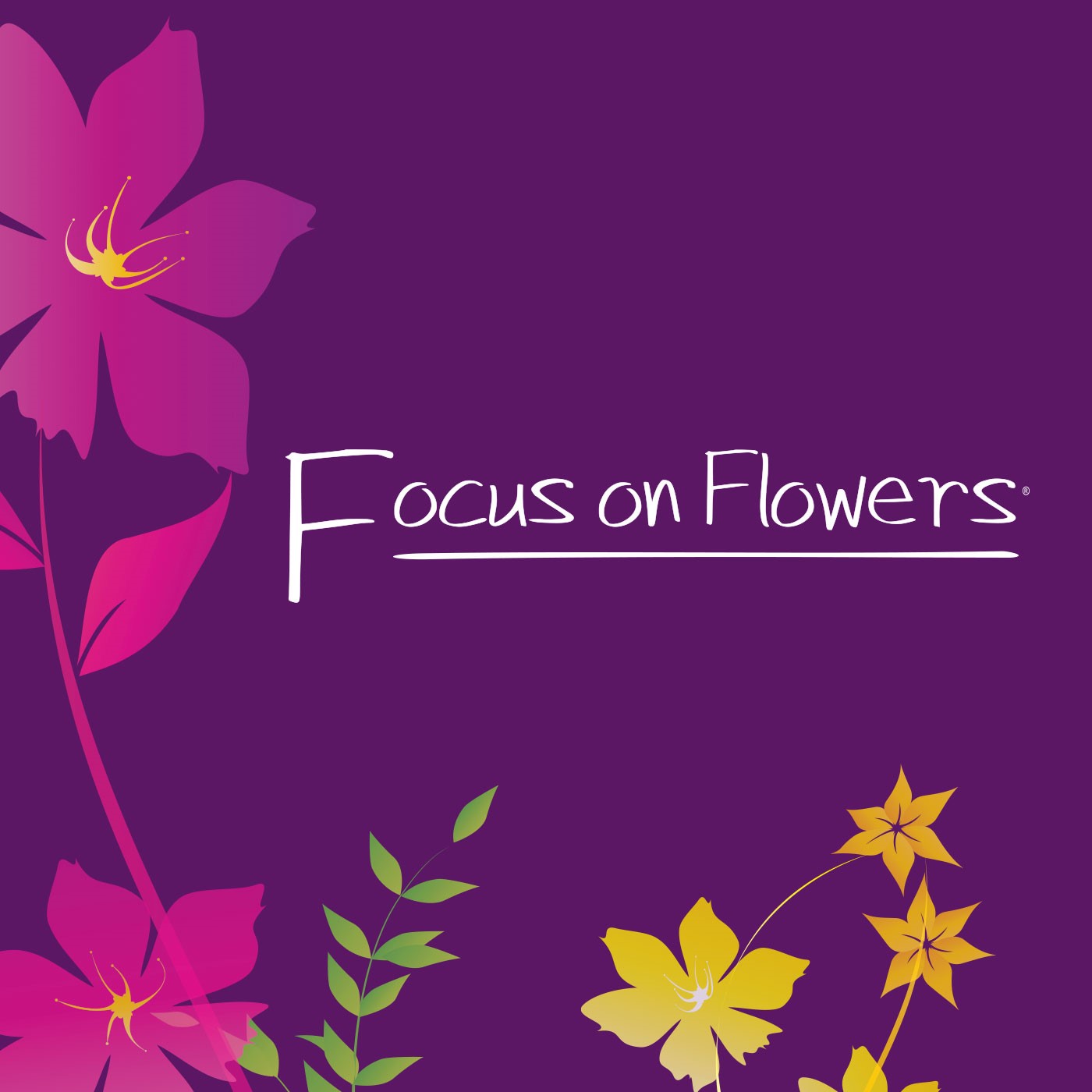Episodes
If you prefer not to use strong pesticides, there are other ways to get rid of unwanted aggressive and invasive plants.
Published 11/27/24
Published 11/27/24
Many perennials like to be divided in the fall, especially if they have outgrown their space or have ceased blooming well.
Published 11/21/24
Making potpourri from flowers is an easy dried-flower craft. It smells lovely and makes a great gift and looks pretty in bowls, baskets, and jars, reminding us of summer.
Published 11/14/24
The Aztecs who first inhabited South America domesticated the plant that we now call marigold many years before any Europeans ever set foot in the area that we now call Mexico.
Published 11/07/24
Since the beginning of time, it seems that humans have ascribed magical powers to flowers.
Published 10/31/24
Rudbeckia hirta is the botanical name for our bright yellow black-eyed Susans that light up our gardens in late summer and fall.
Published 10/24/24
One of our native lilies is the spectacular Lilium superb, spelled “superbum,” (but it is not pronounced as it is spelt). Its petals recurve, so a common name is Turk's cap.
Published 10/17/24
The Latin name “Physostegia” refers to the calyx, which covers their seed pods. “Physa” means bladder and “stege” means a covering. Common names are false dragonhead and obedience part because the stems can be bent up and down and sideways without breaking.
Published 10/10/24
When goldenrod is in bloom, it indicates that fall is in the air. It does not cause hay fever (That is ragweed!), as the pollen of goldenrod is too heavy to be dispersed by the wind.
Published 10/03/24
The lobelia family is extremely diverse but there are two American natives that are hardy perennials: Lobelia cardinalis and Lobelia siphilitica.
Published 09/26/24
Many years ago, I bought a perennial plant at a nursery, and after I planted it, found that there was a ride-along plant in the pot.
Published 09/19/24
There are few flowers like liatris in the flower world, as the blooms open on top of the stalks first, and the ones on the bottom open last.
Published 09/12/24
Heuchera is the botanical name for coral bells.The one that is most frequently found in our gardens is Heuchera sanguinea -- tiny bell-shaped flowers on 15-inch stems dangle above mounds of deep green leaves. The flowers are bright red, which explains why “sanguinea,” which means blood red, is in the name.
Published 09/05/24
Our native Eupatorium purpureum, commonly known as Joe Pye weed, flowers in late summer and fall, producing tall clusters of fluffy purple flowers.
Published 08/29/24
Ground cover plants are a bit like area rugs in our homes, as we can mix and match them or plant many of the same type of plant to cover bare patches.
Published 08/22/24
In a cultivated garden, helenium looks best with other yellow or bronze flowers that bloom in the fall, and they light up a flower bed as the growing season draws to a close.
Published 08/15/24
If you especially enjoy delicate, airy types of flowers, then you should grow Gaura to enjoy in your garden and in flower arrangements.
Published 08/08/24
Coreopsis is from the Greek word koris meaning bug and opsis meaning resemblance to. This is because the seeds of coreopsis took like small ticks.
Published 08/01/24
Farmers do not care for wild carrots that grow in their fields and on roadsides and produce thousands of seeds that produce more plants.
Published 07/25/24
Echinacea purpurea flowers well from mid-summer to early fall and combines well with most other flowering perennials.
Published 07/18/24
Vita Sackville West's white garden at Sissinghurst in England is world famous. Here is her own description of the plants in it.
Published 07/11/24
Most of us enjoy watching the butterflies in our gardens, and it can be a magical experience for us and for our children.
Published 07/04/24
The botanical name for feverfew is Chrysanthemum parthenium because according to Plutarch a worker fell during the construction of the Greek parthenon, and his life was saved by this plant’s medicinal properties. The common name of feverfew is because it is used to reduce fevers.
Published 06/27/24
In 1995, the patents’ length of time was extended, so that now breeders can collect royalties on a plant for 20 years.
Published 06/20/24


